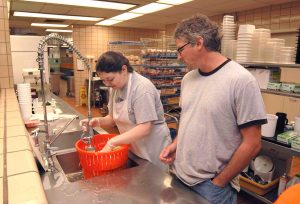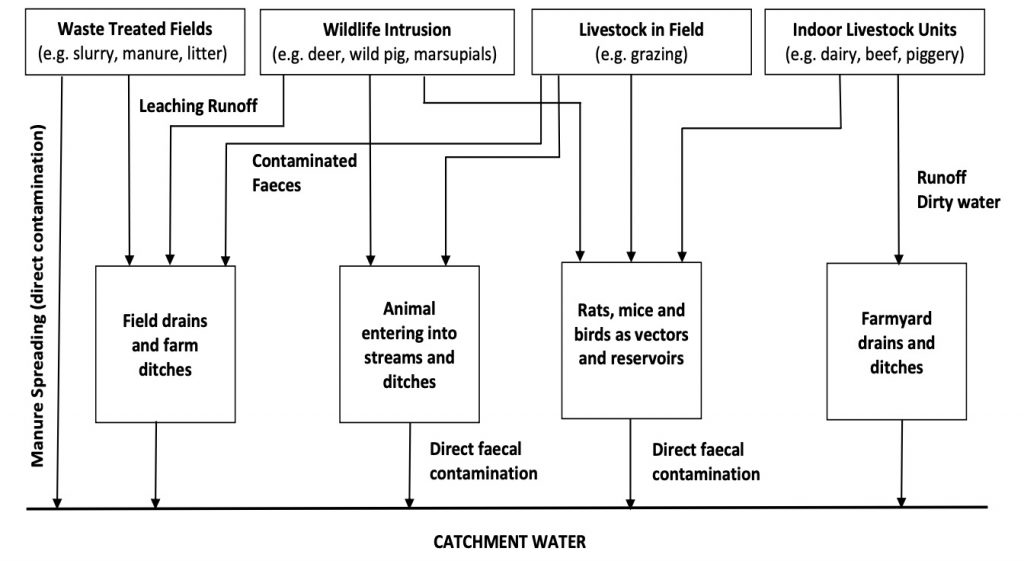Food safety culture may establish the right environment for adequate food handling and management, reducing violations of food safety regulation, especially those related to foodborne disease outbreaks.
 This study aimed to evaluate differences among elements of food safety culture in food services at low or high-risk for foodborne diseases. This study was conducted with 63 managers and 333 food handlers from 32 food services located in the metropolitan region of Campinas, State of São Paulo, Brazil. The following elements of food safety culture (considering the technical-managerial and human routes) were evaluated: management systems, style, and process; leadership; organizational commitment; food safety climate (communication; self-commitment; management and coworker support; environment support; risk judgment; normative beliefs and work pressure); and risk perceptions. In the technical-managerial route, restaurants were categorized as low- or high foodborne disease risk restaurants.
This study aimed to evaluate differences among elements of food safety culture in food services at low or high-risk for foodborne diseases. This study was conducted with 63 managers and 333 food handlers from 32 food services located in the metropolitan region of Campinas, State of São Paulo, Brazil. The following elements of food safety culture (considering the technical-managerial and human routes) were evaluated: management systems, style, and process; leadership; organizational commitment; food safety climate (communication; self-commitment; management and coworker support; environment support; risk judgment; normative beliefs and work pressure); and risk perceptions. In the technical-managerial route, restaurants were categorized as low- or high foodborne disease risk restaurants.
For the evaluation of food safety management systems, a validated checklist was used. In the human route, food safety climate analysis was performed by evaluating five elements applied exclusively to food handlers. High-risk restaurants presented a higher percentage of violation in most aspects related to food safety regulation and physical structure. Leadership and knowledge of low-risk restaurants’ managers presented a higher level when compared to high-risk restaurants’ managers, showing that in the first group managers acted as mediators of safe practices. Food handlers from low-risk restaurants presented higher scores in food safety knowledge, organizational commitment, and food safety climate when compared to food handlers from high-risk restaurants. In restaurants with lower risk for foodborne diseases, the elements of food safety culture were better evaluated, indicating fewer violations of food safety regulation. In these restaurants, a consistent food safety climate was perceived within the technical-managerial route.
This result shows that fewer violations of food safety legislation, especially those involving high-risk foodborne disease, were a positive outcome of an improved FS-culture. In this sense, it is possible to improve food safety by applying, evolving and maturing the concepts of FS-culture in restaurants in Brazil.
Food safety culture in food services with different degrees of risk for foodborne diseases in Brazil
Food Control
Marcel Levy de Andrade1, Elke Stedefeldt2, Lais Mariano Zanin3, Diogo Thimoteo da Cunha
https://doi.org/10.1016/j.foodcont.2020.107152
https://www.sciencedirect.com/science/article/abs/pii/S0956713520300682












